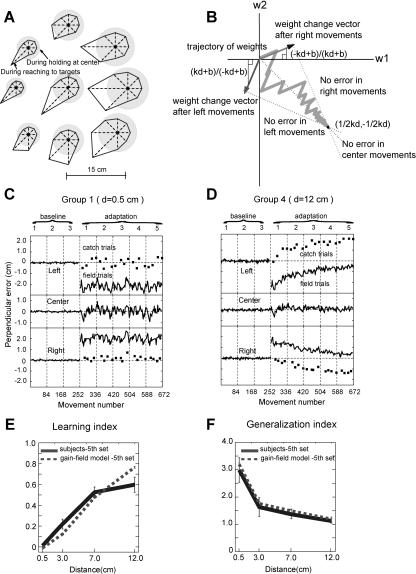Figure 3. Adaptation with Basis Elements That Encode Limb Position and Velocity as a Gain-Field.
(A) A polar plot of activation pattern for a typical basis function in the model. The polar plot at the center represents activation for an eight-direction center-out reaching task (targets at 10 cm). Starting point of each movement is the center of the polar plot. The shaded circle represents the activation during a center-hold period and the polygon represents average activation during the movement period. The eight polar plots on the periphery represent activation for eight different starting positions. Each starting position corresponds to the location of the center of each polar plot. The preferred positional gradient of this particular basis function has a rightward direction. The preferred velocity is an elbow flexion at 62°/s.
(B) A state diagram of weights in a simple system with two basis functions. The trajectory from the origin to (½kd, −½kd) shows how weights converge to the final values trial-by-trial. Three dotted lines represent weights for no errors on the left, center, and right movements, respectively. Two vectors represent the direction of weight change after left and right movements each.
(C) The bases were used in an adaptive controller to learn the task in Figure 1. Format is the same as Figure 2A; correlation coefficient of the simulated to subject data is 0.97.
(D) Simulated movement errors in an experiment where spatial distance was the same as in Group 4 in Figure 2B; correlation coefficient is 0.86.
(E) Learning index of the last target set against spatial distance. Dotted lines are from the simulation and thick solid lines are from subjects; correlation coefficient is 0.96. Note that thick solid lines are the same lines as in Figure 2C.
(F) Generalization index in the last target set against spatial distance. Dotted lines are from the simulation and solid lines are from subjects; correlation coefficient is 0.99.

